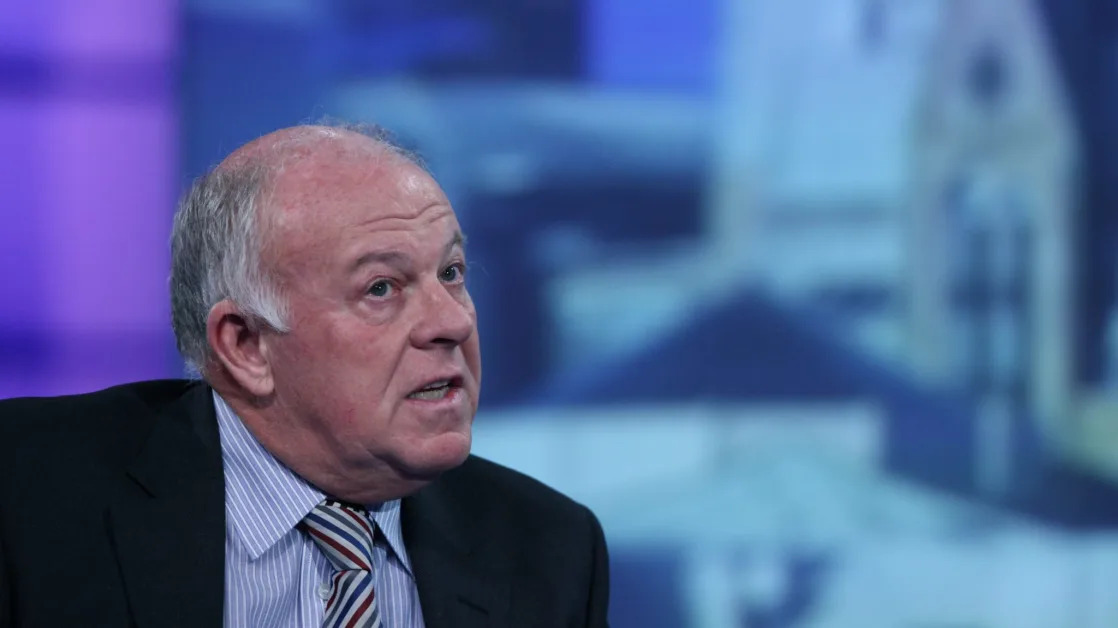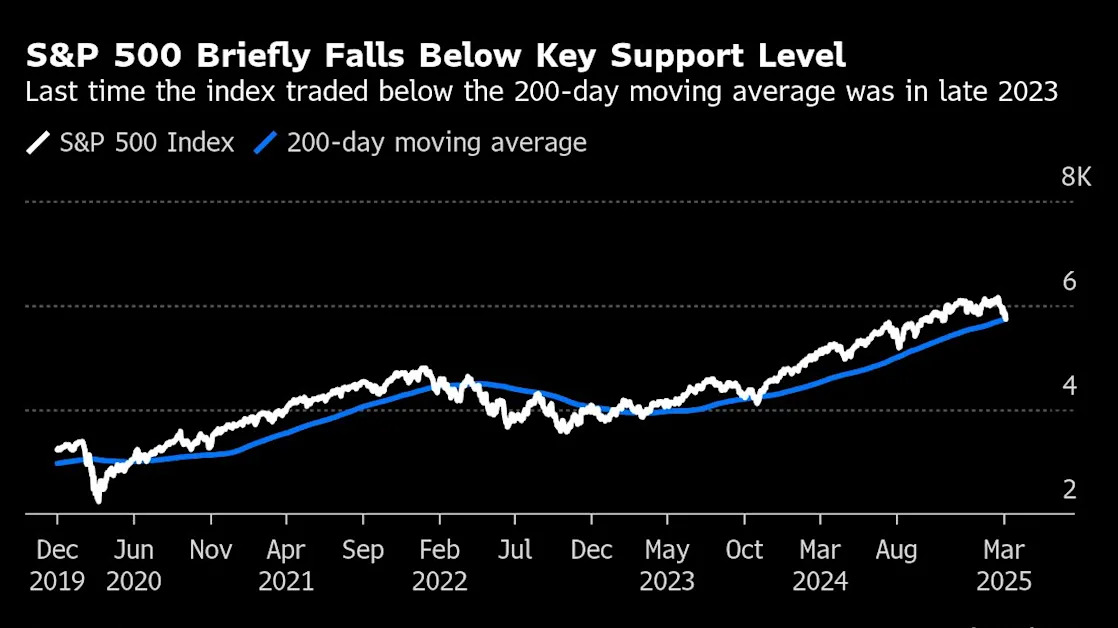Listen and subscribe to Stocks in Translation on Apple Podcasts , Spotify , or wherever you find your favorite podcasts.
Wall Street has long preached the virtues of holding bonds in a balanced investment portfolio.
This gospel says investors should steer 60% of their investments into stocks and 40% to bonds to enjoy the benefits of diversification, with uncorrelated returns helping protect investors through the market's ups and downs.
But according to Trent Smalley, a Chartered Market Technician and portfolio manager at JSPM, that advice may not be as universal as it seems — especially for younger investors.
"Young people don't need bonds unless they get extremely uncomfortable," Smalley said during the latest episode of Yahoo Finance's Stocks in Translation podcast (listen below). "Bonds are there to reduce the volatility of a portfolio. But if you're young enough, really none of that matters."
In the 30 years from 1993 to 2023, the S&P 500 ( ^GSPC ) had a compound annual growth rate (CAGR) of 7.8%. Reinvesting dividends would have boosted that return to 9.9%, according to Yahoo Finance calculations.
Over the same 30-year period, the Bloomberg US Aggregate Bond Index had a compounded annual growth rate of 3.3%. From its peak in late 2021 to its bottom a year later, it sunk 17.4% — a large drawdown by historical standards.
"Sometimes [the stock market's returns are] lumpy. Sometimes you get 30% a year. Sometimes, like in 2022, you're down 20%," said Smalley.
"If you're a young person and every two weeks you get paid by your company — if you're lucky enough you've got a 401(k) and you've got a company that will match a certain percent of that — you want the market to go down," Smalley added.
Bonds have also traditionally served as the go-to asset for reducing portfolio volatility and generating a steady income.
But younger investors, who have decades of earning potential ahead of them, don’t necessarily need that stability or the recurring income that comes from regular interest (or coupon) payments — a feature of bonds that many retirees depend on.
The diversification argument in favor of bonds has also been challenged in recent years.
And since 2021, stock and bond moves have been increasingly correlated, meaning they tend to both go up or down together. As the correlation between bonds and stocks increases, the diversification benefits diminish.
Bonds suffered one of their worst years on record in 2022 alongside the S&P 500's steepest annual drop since 2008. As a result, "mom and pop" investors in 60/40 portfolios were hit particularly hard .
During periods of high inflation and rising interest rates — conditions we’ve recently experienced — bonds just don’t offer the safety net they once did.
"If you're an investor and you're just starting out, the foolproof way to get where you need to be is to dollar cost average in index funds," Smalley said. "It will not fail you over a long period of time. Trading will fail you. It fails almost everyone."
On Yahoo Finance's podcast Stocks in Translation , Yahoo Finance editor Jared Blikre cuts through the market mayhem, noisy numbers, and hyperbole to bring you essential conversations and insights from across the investing landscape, providing you with the critical context needed to make the right decisions for your portfolio. Find more episodes on our video hub or watch on your preferred streaming service .





